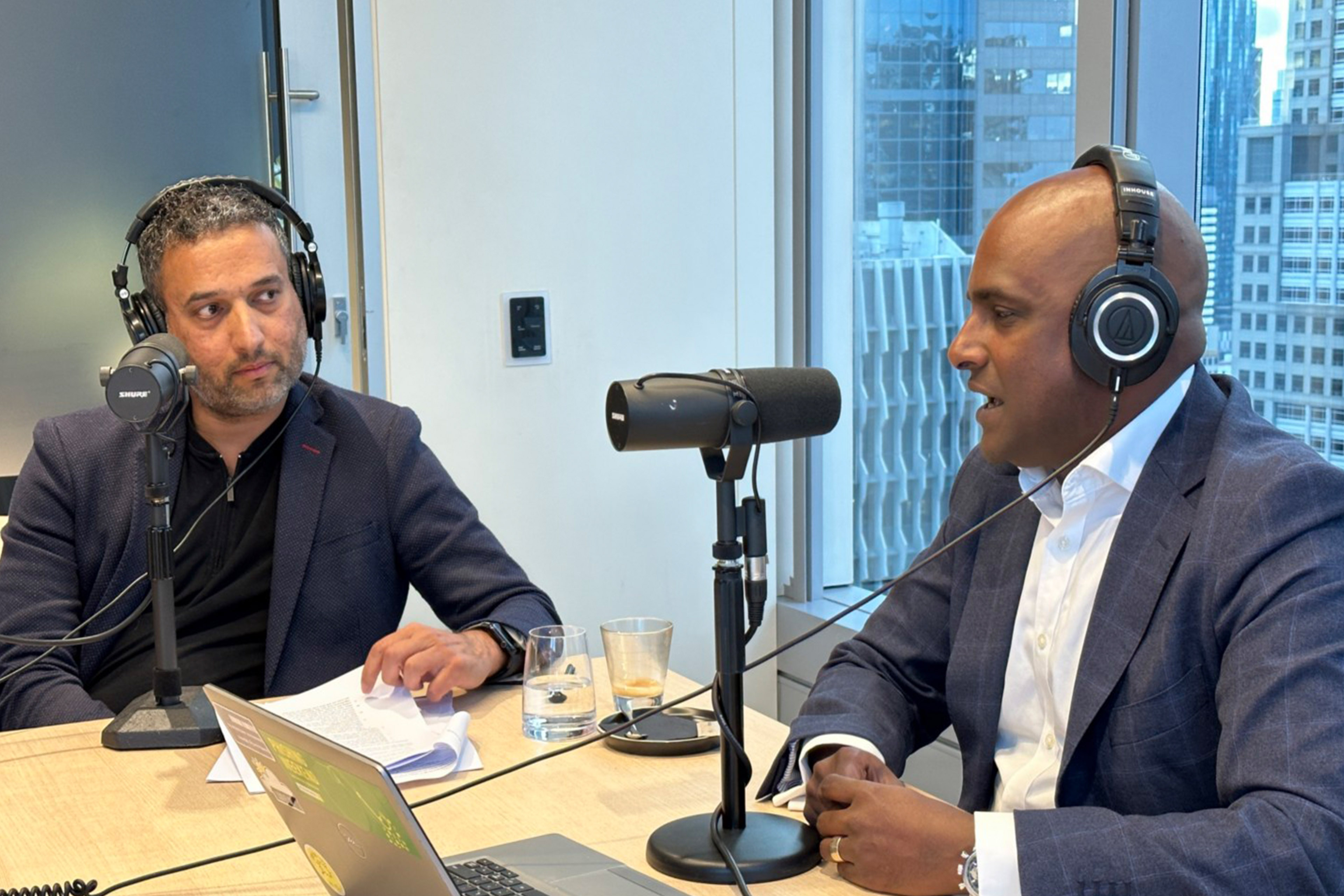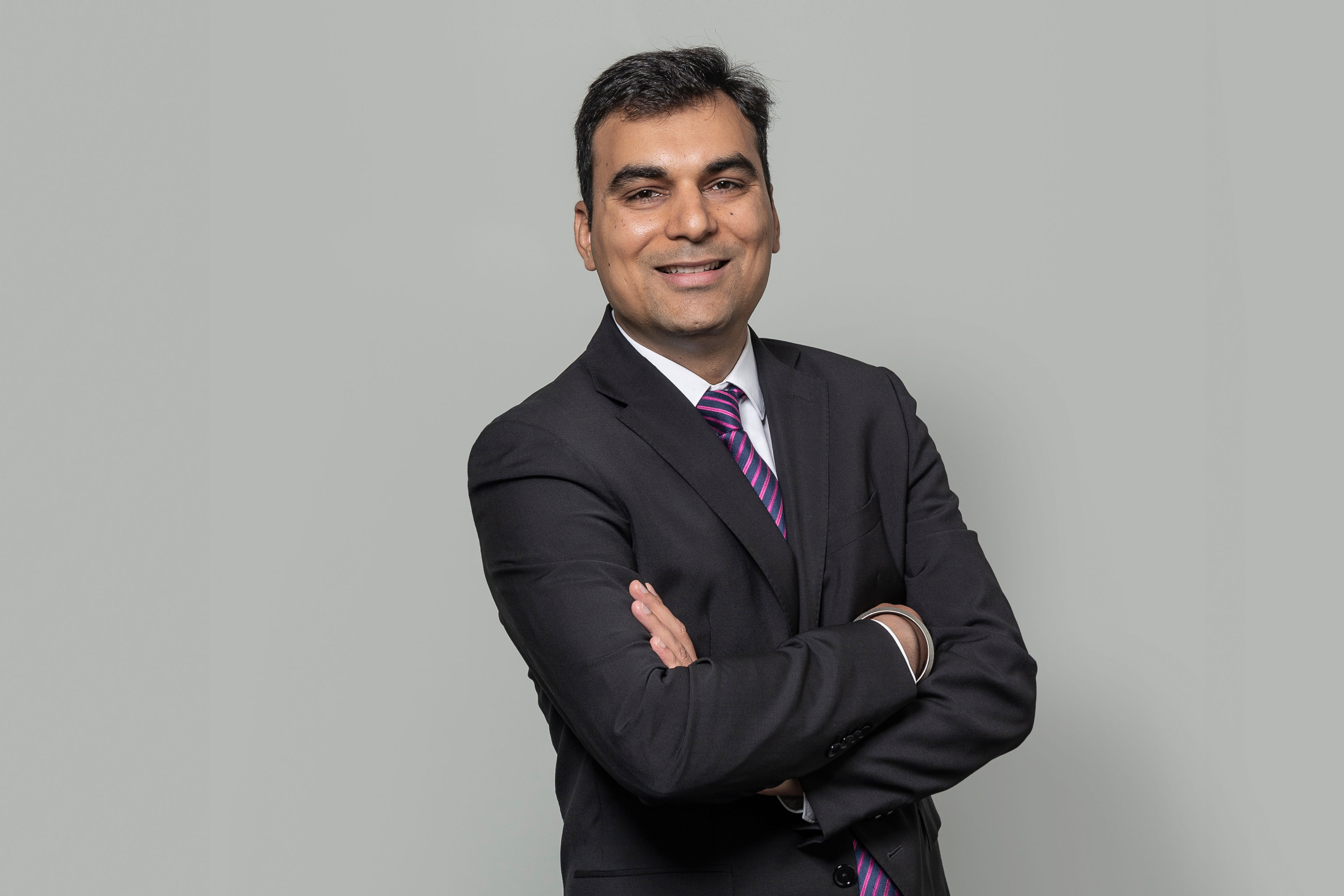EY refers to the global organization, and may refer to one or more, of the member firms of Ernst & Young Global Limited, each of which is a separate legal entity. Ernst & Young Global Limited, a UK company limited by guarantee, does not provide services to clients.
Cyber and privacy leaders' agenda
Join the conversation
It is harder than ever to stay one step ahead of cybersecurity threats. New, more sophisticated adversaries — some operating autonomously and learning from generative AI models - are thriving in a landscape with multiple attack surfaces opened by hybrid and distributed work, cloud computing at scale, and the digitalization of everything. The stakes are high for CISOs.
"Secure Creators” are redefining cybersecurity in their industries. Secure Creators have fewer cyber incidents, were quicker to respond, and provided 1.5 to 2 times more positive impact on their organization in terms of value creation, innovation and responsiveness to market opportunities when compared to their lower-performing counterparts.
They accomplished this not by simply deploying the right technology, innovating effectively, communicating across their organizations and minimizing attack surfaces, but by executing each of those practices better than their peers.
Here are four actions CISOs can take to better prepare for today and tomorrow:
Cybersecurity leaders are looking to improve capabilities in the following areas:
How EY can help
-
Discover how EY's Cybersecurity Transformation solution can help your organization design, deliver, and maintain cybersecurity programs.
Read more -
Discover how EY's cybersecurity, strategy, risk, compliance & resilience teams can help your organization with its current cyber risk posture and capabilities.
Read more -
Discover how EY's Next generation security operations & response team can help your organization manage leading-class security operations in a programmatic way.
Read more -
Discover how EY's services & offerings can help your business across multiple aspects of its cybersecurity portfolio.
Read more -
Discover how EY's data protection and privacy team can help your organization protect its information over the full data lifecycle.
Read more -
Discover how EY's identify and access management (IAM) team can help your organization manage digital identities for people, systems, services and users.
Read more -
EY Cybersecurity Managed Services offer seamless, strategic security that gives you the confidence to focus on innovation and growth. Find out more.
Read more
Our latest thinking
How to secure the digital ecosystem in energy and resources
In this webcast, panelists discuss the digital landscape, rise in cloud computing and securing energy companies from evolving cyber threats. Learn more.
Six steps to confidently manage data privacy in the age of AI
Concerns raised by AI emphasize the importance of managing data privacy proactively. Consider six steps to prepare. Learn more.
2023 EY Global Third-Party Risk Management Survey
The 2023 EY Global Third-Party Risk Management Survey highlights a growing demand for data-driven third-party risk assessment. Read more.
Is your greatest risk the complexity of your cyber strategy?
Organizations face mounting cybersecurity challenges. The EY 2023 Global Cybersecurity Leadership Insights Study reveals how leaders respond. Read more.
How to strengthen cyber resilience in Asia-Pacific banks
In this episode, we explore the role of cyber resilience as a critical strategic priority for Asia-Pacific banks. Learn more.
Why organizations should prepare for quantum computing cybersecurity now
This technology is finding its way out of research labs and into commercial applications, upending the norms of cryptography. Learn how to be ready.
How to get more for your security dollars
In this episode of the EY Microsoft Tech Directions podcast, we discuss the benefits of simplifying security and how best to spend money doing so. Learn more.




























